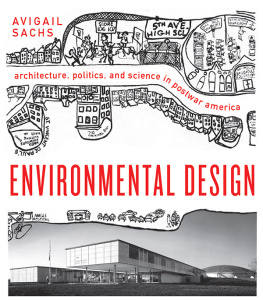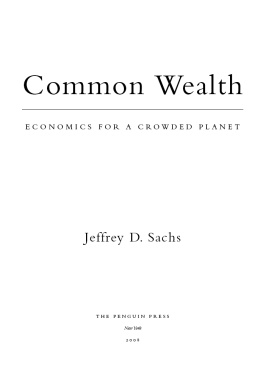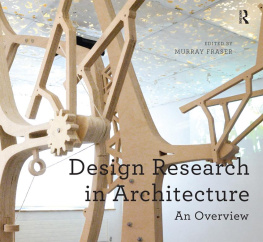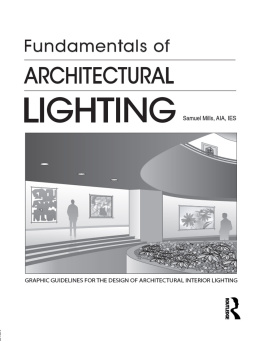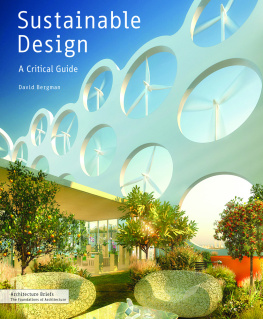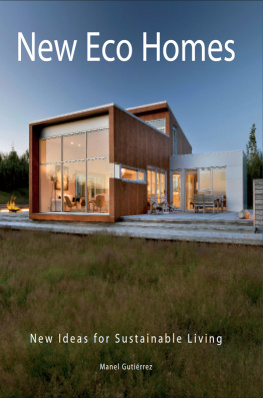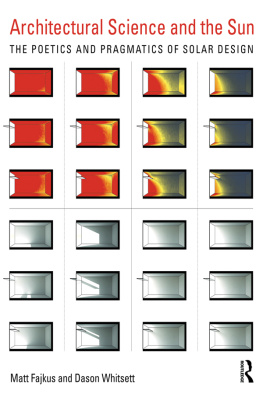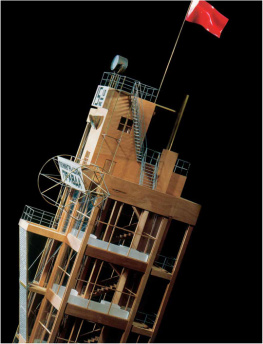Midcentury: Architecture, Landscape, Urbanism, and Design
Richard Longstreth, Editor
ENVIRONMENTAL DESIGN
Architecture, Politics, and Science in Postwar America
Avigail Sachs
University of Virginia Press
CHARLOTTESVILLE AND LONDON
University of Virginia Press
2018 by the Rector and Visitors of the University of Virginia
All rights reserved
Printed in the United States of America on acid-free paper
First published 2018
9 8 7 6 5 4 3 2 1
Library of Congress Cataloging-in-Publication Data
Names: Sachs, Avigail, author.
Title: Environmental design : architecture, politics, and science in postwar America / Avigail Sachs.
Description: Charlottesville : University of Virginia Press, 2018. | Series: Midcentury : architecture, landscape, urbanism, and design | Includes bibliographical references and index.
Identifiers: LCCN 2018002823| ISBN 9780813941271 (cloth) | ISBN 9780813941288 (ebook)
Subjects: LCSH Architecture and societyUnited StatesHistory20th century. | ArchitectureHuman factorsUnited StatesHistory20th century. | Democracy and architectureUnited StatesHistory20th century. | ArchitectureStudy and teachingUnited StatesHistory20th century.
Classification: LCC NA2543.S6 S225 2018 | DDC 720.1/03dc23
LC record available at https://lccn.loc.gov/2018002823

Illustrations in this book were funded in part or in whole by a grant from the SAH/Mellon Author Awards of the Society of Architectural Historians.
Cover illustrations: Detail of drawing based on community participation for a project that received the Progressive Architecture award in 1971 (top; courtesy of Troy West); A&M Consolidated High School in College Station, Texas (bottom; courtesy of CRS Center, Texas A&M University)
For my mother, Laura W. Sachs, and in loving memory of my father, Tsvi Sachs
ACKNOWLEDGMENTS
N. John Habraken has likened researchers to travelers, people who go out on a journey and return to their tribe to share their new knowledge. In going out on this adventure I was lucky to have many people waiting for my stories, who all made the journey worthwhile. My doctoral adviser, Jean-Pierre Protzen, not only introduced me to environmental design as an expansion of architectural practice but also set a standard for academic and personal excellence for which I will always be grateful. In many ways, this book is an answer to a question JP posed to me more than a decade ago: What did happen to the scientific approach? The answer, I think, is that science was caught up (unsurprisingly) in both national and professional politics.
Faculty, administrators, staff, and students at the College of Architecture and Design and the Humanities Center at the University of Tennessee, Knoxville all generously provided both the support and challenges that a project such as this requires. I am lucky to share the joys of academic life with this diverse tribe. Special thanks to John McRae, Scott Wall, and Ken McCown, who took a chance on a neophyte architectural historian, and to Jason Young and Gale Fulton, who made good on the promise of support.
Andrew Shanken, C. Greig Crysler, Kathleen James-Chakraborty, Ariel Novolplansky, Przemyslaw Prusinkiewicz, David Hollinger, Kerwin Klein, Ritu Bhatt, George Dodds, Gregor Kalas, Joan Ockman, Mary McLeod, and William L. Porter will, I hope, recognize ideas we discussed and know this project is indebted to their generosity. Robert L. Geddes, Henry Sanoff, John Zeisel, John Eberhard, Robert Sommer, Clare Cooper Marcus, Sara Ishikawa, and Denise Scott Brown all shared their insight and recollections. I reached out to them by email, and it was wonderful to find how effective the Internet can be as a tool in our quest for knowledge and collaboration. Ronald Foresta, Kiel Moe, and two insightful anonymous readers very kindly looked at earlier, and much messier, versions of this manuscript. It was Clare Wolfowitz who cleaned it up, with infinite patience.
This study would have been impossible without the libraries and archives I consulted, and these would not exist without the dedication of those responsible for them. Staff at the University of Tennessee Library helped me locate material, including delivering entire collections of Architectural Forum and Progressive Architecture to my office. The excellent collection of the Environmental Design Library at the University of California, Berkeley served as the basis for this project. I also visited the Environmental Design Research Association (EDRA) collection at Andrews University. Special thanks to the staff at the following archives: The Environmental Design Archives and The Bancroft Library, University of California, Berkeley, the Architectural Archives, University of Pennsylvania, the Frances Loeb Library, Harvard University Graduate School of Design, the Archives of the American Institute of Architects, the CRS Center at Texas A&M University, Avery Library Department of Drawings & Archives, Columbia University, the Division of Rare and Manuscript Collections, Cornell University Library, Manuscripts and Archives, Yale University Library, the Woodson Research Center, Fondren Library, Rice Univeristy, and Special Collections and the Institute Archives, Hayden Library, MIT. Additional research was completed with the help of the staff at the archives at the Universities of Florida, Illinois, Michigan, Pennsylvania, Texas, and Utah as well as North Carolina State, the Rensselaer Polytechnic Institute, and Princeton and Harvard Universities.
The financial support to visit these archives came from varied entities at the University of Tennessee, Knoxville: The School of Architecture, The School of Landscape Architecture, the Graduate School Professional Development Award, and the Chancellors Grants for Faculty Research. The College of Architecture and Design and the University of Tennessee Humanities Center allowed me a years leave from teaching, which was invaluable in framing the scope and content of the project. The Society of Architectural Historians generously supported the illustrations in this book with an SAH/Mellon Author Award. Thank you also to everyone at the University of Virginia Press, especially Boyd Zenner, Mark Mones, and Jane Curran for their careful attention to detail.
This story could not have been told without telling other stories as well, and many friends watched this process from near and far. Several also shared in the details of book writing: Jane Crudden Carson, Miri Lavi, Elisheva Baumgarten, Noam Austerlitz, Einat Lev, Yael Perez, Tina Shepardson, Dan Magilow, Marcia Goldenstein, Thomas Reising, Erica Leak, Maria Moreno, Lavina Liburd, Piper Mullins, Cheri Eliott, Valerie Friedman, and Jacob Stanley. Many colleagues are also friends and help me balance the academic and the personalTricia Stuth, Ted Shelton, Liz Teston, Lisa Mulliken, Merita Soini, James Rose, Lisa Hoskins, Vanessa Arthur, Diane Fox, and Micah Rutenbergthank you!
To my entire family and especially my siblings, Rachel and Nir, Natan and Avril, and my wonderful niece Shai and nephews Itamar and Uri Tsviwhere would I be without you all? Your love and support means more to me than I can describe. This book, however, is dedicated to the two people who first encouraged me to go out on adventures and who were always there to listen when I came back. To my mother, Laura W. Sachs, and in loving memory of my father, Tsvi Sachs, who showed me how to see the complexity of the world.
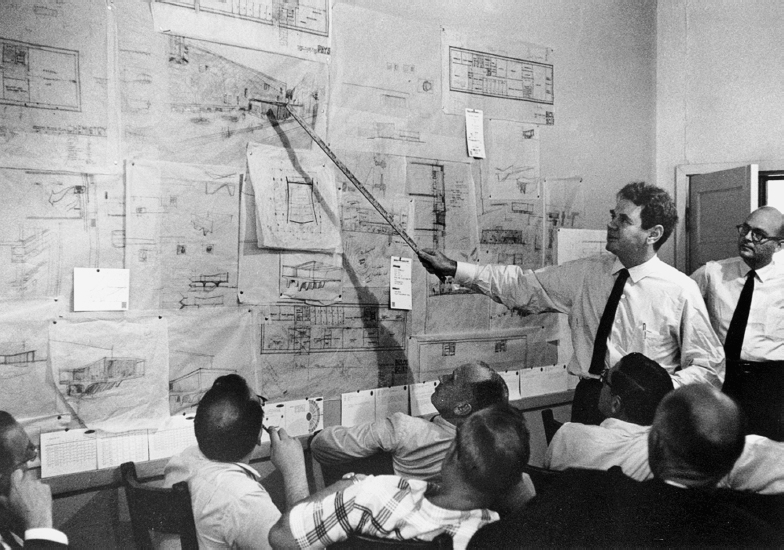
Next page
